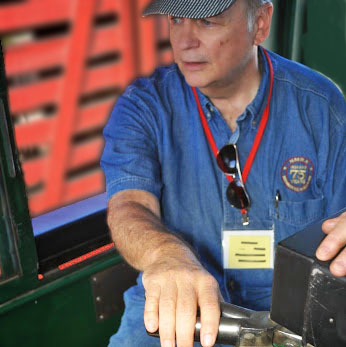The Great Depot Hunt
By Keith G. McMillen, TLMRC
I have always been enamored with western railroads. The first HO loco I owned was a Santa Fe geep. But when you start planning a model railroad based on a western prototype you are struck by one of the major differences between western roads and the railroads of the east and Midwest. Western roads act much more as bridge lines with very few interchanges or even industrial areas; except in California. The agricultural areas of central California resemble the granger roads in the Midwest. After researching several areas I stumbled on a book about a Southern Pacific Branch line in the San Ramon Valley east of the San Francisco Bay area.
This looked like a perfect inspiration for a model. The line was opened in 1891. It was never a great success, however I am not aiming to model the operations the way they were, but the way they could have been. While the book has many vintage photographs I really felt the need to see the area in person. The author of the book points to a couple depots that are still in existence today so I decided that I should visit the area and do a little research on the depots. The SP used standard depot plans, as did many railroads. I planned a July trip and asked my youngest granddaughter if she might like to come along and make a sketch or two of the area. She agreed, so the two of us planned our mini-vacation.
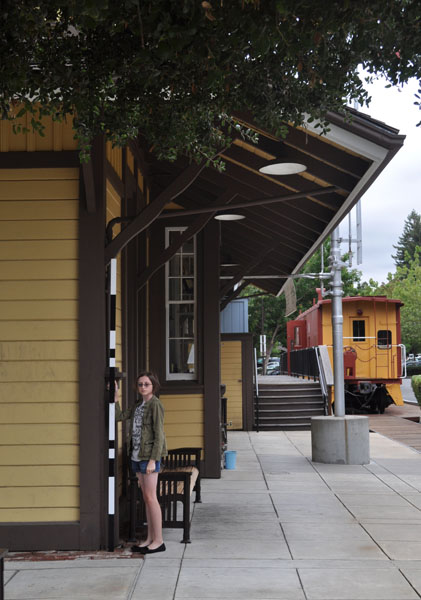
She had never been into central California, so I added a quick peek into Sequoia National Park, Yosemite and the City of San Francisco. Everyone should ride a cable car, right? Our primary target was SP Standard Depot #18 in Danville, CA. It has been turned into a museum preserving the history of the San Ramon Valley.
My friend and fellow model railroader Paul Wussow has explained his very meticulous methods of measuring and recording structures. It yields great detail and will generate award winning models. I’m not quite so thorough. My goal was to photograph all sides of the depot and include a known reference in each picture to enable me to generate basic dimensions. Frankly 1/87th of an inch one way or another isn’t going to be too discernible by the average viewer. So I built an 8’ measuring stick. It is made from a reasonably straight and true 1 x 2, cut in half and hinged to make it easier to transport. It is painted in 1 foot blocks, 6” blocks and 3” blocks, in alternating black and white. Unfolded, with a gate latch to help hold it straight, it can be included in any photograph and instantly supply dimensions to anything around it without obscuring important details. See Photos attached.
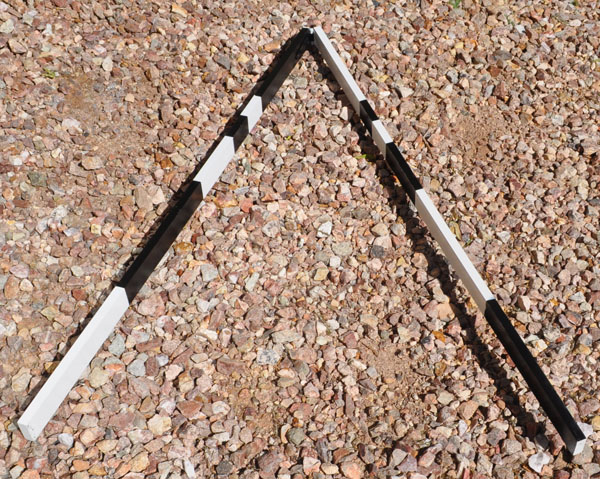
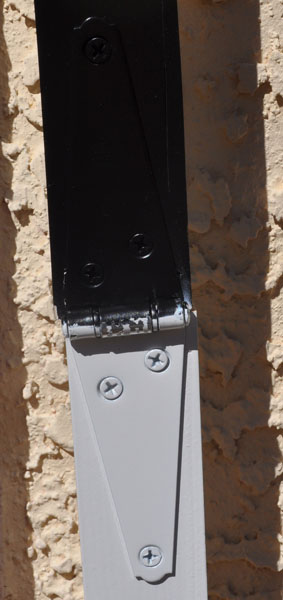
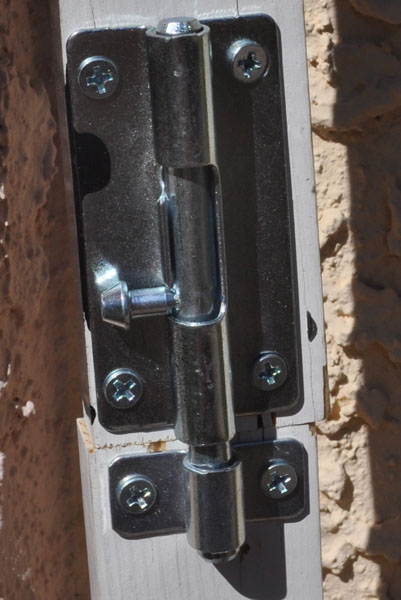
We took pictures of all sides, some close-ups for details and tried to document this as well as we could in the time we had available. Of course when I got back home, I was catching up on my magazines when an ad caught my eye. It was a new book “Southern Pacific Lines Standard-Design Depots” by Henry E. Bender Jr. Now I have the elevation drawings that I couldn’t find before, plus great stories about the depot designs and the people who did them and a great experience with my younger granddaughter. This was a great summer road trip for both of us. The photo of the depot shows my stick girl and a corner of the SP Combination Depot #18 in Danville, CA.
Updated 06/29/14
Join us in the “Greatest Hobby” as a member of the TLMRC.

